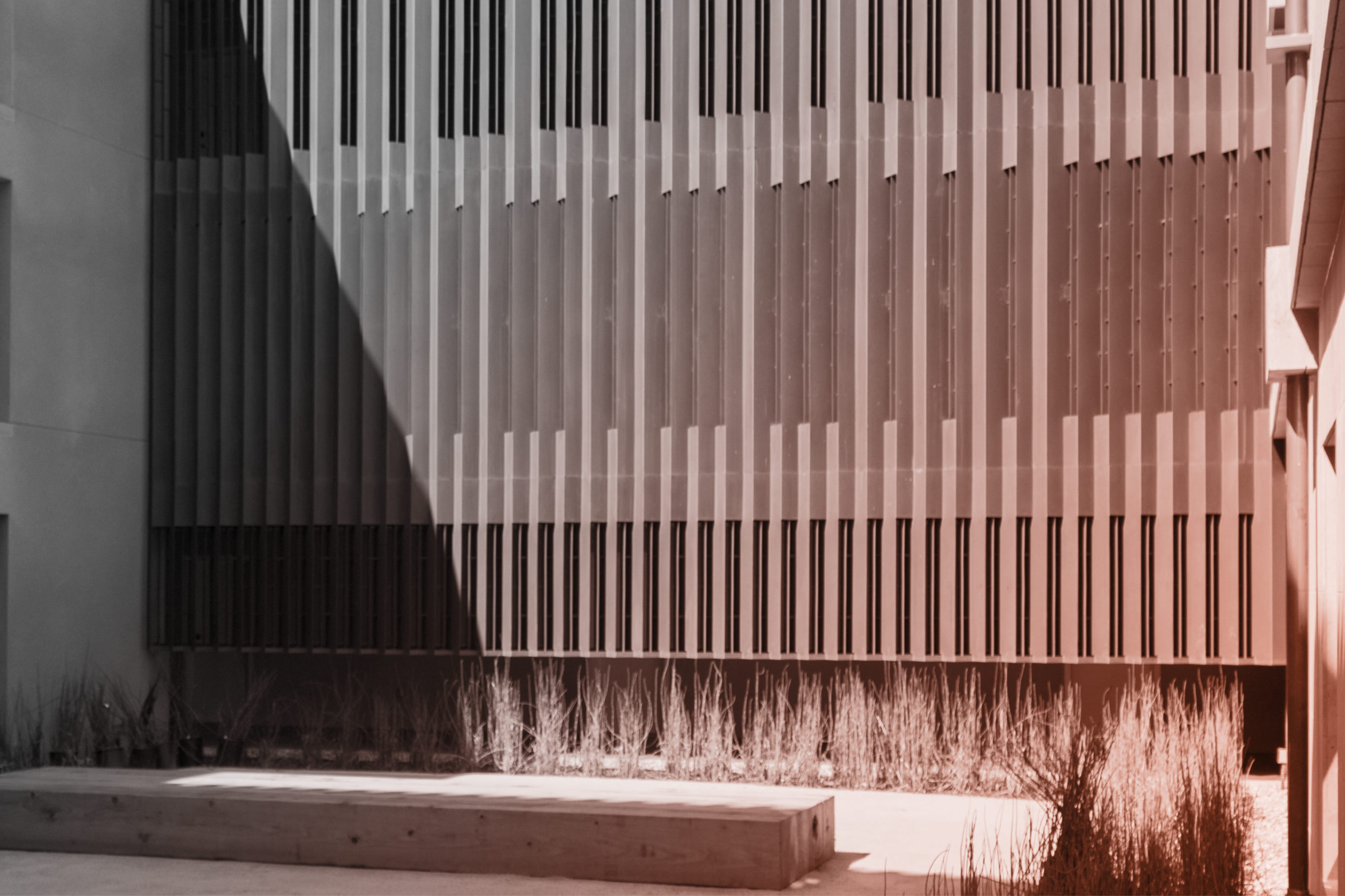Metal Reflectivity Chart
The reflectivity of metal surfaces is an important consideration in the built environment because the relative reflectivity of metals is typically much greater than surrounding surfaces.
It is often desired to have a reflective metal surface—not necessarily blindingly bright but reflective enough that it catches the eye.
For example, a gold leaf surface shimmers in the sunlight like a beacon when seen from a distance. It is as if the light is generated from the metal itself. Even on an overcast day, gold will appear remarkably bright. A zinc surface by contrast, dulled by oxide, reflects a blue-gray tone in bright light and looks the color of pewter in overcast sky.
The chart below provides relative reflectivity values for a variety of metal surfaces.
RELATIVE REFLECTIVITY CHART FOR VARIOUS METALS
CHART © A. ZAHNER COMPANY.The reflective nature of the surface of metals can be adjusted through the use of various processes. This is true of all metals. However, over time certain metals may change in reflectivity as the metals oxidize.
For this reason, some surfaces are limited in their choices. However, if desired, you can achieve a dull, flat, black appearance, devoid of the slightest visual sheen of any kind. Blackened by oxide, copper, zinc, and aluminum can have grainy, black, mottled surfaces. The mottling has degrees of black, some with a reddish tint, others with a gray tint.
References
- Zahner, L. Architectural Metal Surfaces. New York: John Wiley, 2004.
- Zahner, L. Architectural Metals: A Guide to the Selection, Specification and Performance. New York: John Wiley, 1995.




 PHOTO © A. ZAHNER COMPANY.
PHOTO © A. ZAHNER COMPANY.

 Photo ©
Photo © 


 PHOTO ©️ Parrish Ruiz de Velasco (parrch.com)
PHOTO ©️ Parrish Ruiz de Velasco (parrch.com)







 Ɱ, Creative Commons Attribution-Share Alike 4.0 International license, edited.
Ɱ, Creative Commons Attribution-Share Alike 4.0 International license, edited.